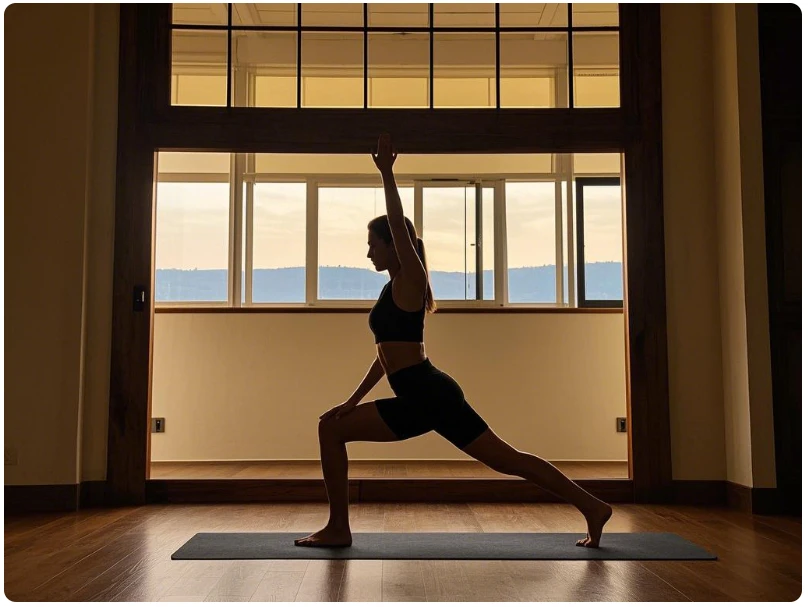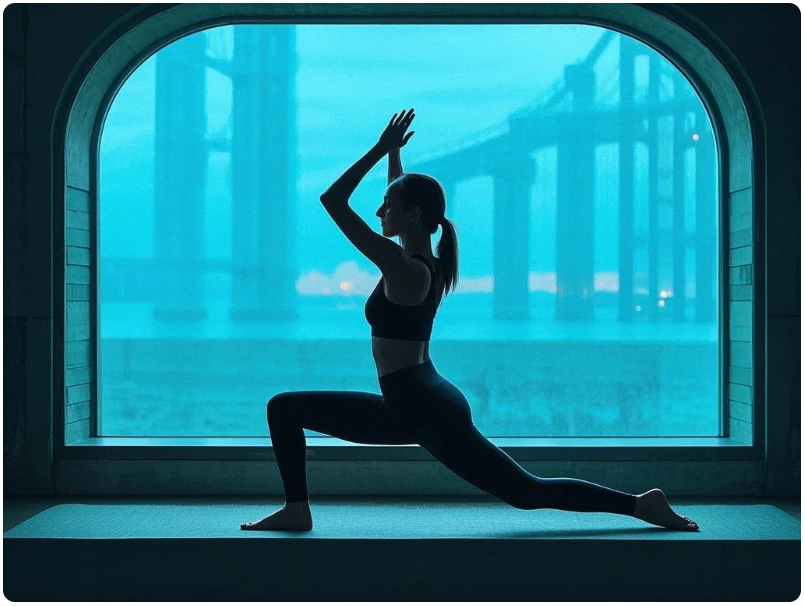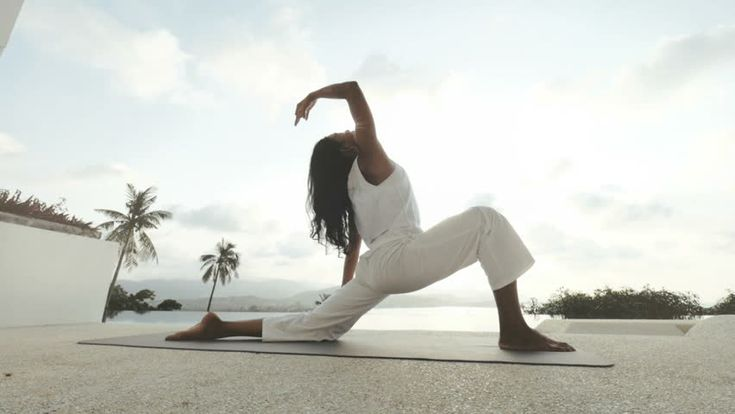Best Flexible Yoga Poses for a Stronger, More Balanced Body
Flexibility is a key component of overall fitness and well-being. Incorporating the best flexible yoga poses into your routine can improve mobility, reduce stiffness, and enhance athletic performance. Whether you’re a beginner or an experienced yogi, focusing on flexibility can help prevent injuries, increase range of motion, and promote relaxation. Let’s explore the best flexible yoga poses that can transform your body and mind.

Why Flexibility Matters
Flexibility isn’t just about touching your toes—it’s about allowing your muscles and joints to move freely through their full range of motion. Increased flexibility improves circulation, reduces muscle tension, and enhances posture. For athletes and fitness enthusiasts, flexibility helps improve performance and recovery. Yoga is one of the most effective ways to build flexibility while strengthening your body and calming your mind.
Best Flexible Yoga Poses to Improve Mobility
Here are some of the best flexible yoga poses to incorporate into your daily routine:
- Downward-Facing Dog (Adho Mukha Svanasana)
- Start on your hands and knees, tuck your toes under, and lift your hips toward the ceiling.
- Keep your hands and feet grounded while lengthening your spine.
- This pose stretches your hamstrings, calves, and shoulders while strengthening your arms and legs.
- Standing Forward Bend (Uttanasana)
- Stand with your feet hip-width apart and slowly fold forward from your hips.
- Let your head hang heavy and relax your neck.
- This pose stretches your hamstrings and calves while relieving stress and tension.
- Seated Forward Bend (Paschimottanasana)
- Sit with your legs extended and fold forward, reaching for your toes.
- Keep your back straight and avoid rounding your spine.
- This stretch targets the hamstrings, lower back, and calves.
- Pigeon Pose (Eka Pada Rajakapotasana)
- Start in a low lunge position, then slide your front leg toward the opposite wrist.
- Lower your hips and stretch your arms forward.
- This pose deeply stretches the hip flexors and glutes, releasing tension from the hips.
- Butterfly Pose (Baddha Konasana)
- Sit with your feet together and knees open wide.
- Press your knees toward the ground while sitting tall.
- This pose improves hip flexibility and strengthens the inner thighs.
- Camel Pose (Ustrasana)
- Kneel on the floor with your knees hip-width apart.
- Lean back and place your hands on your heels, lifting your chest.
- This backbend stretches the chest, abs, and hip flexors while strengthening the spine.
- Supine Twist (Supta Matsyendrasana)
- Lie on your back, bring one knee to your chest, and guide it across your body.
- Keep your shoulders grounded while twisting through your spine.
- This pose improves spinal flexibility and relieves back tension.

How to Build a Flexibility-Focused Routine
To see consistent progress, practice these yoga poses 3–4 times per week. Hold each pose for at least 30 seconds to allow your muscles to lengthen and relax. Combining yoga with strength training and cardio will create a well-rounded fitness routine. Consistency is key to improving flexibility over time.
Benefits of Flexible Yoga Poses
Practicing the best flexible yoga poses regularly can offer numerous benefits:
- Increased Range of Motion: Stretching the muscles and joints allows for greater mobility in everyday activities and workouts.
- Improved Posture: Lengthening tight muscles helps correct misalignments and improves overall posture.
- Reduced Muscle Tension: Stretching releases muscle knots and tension, leading to better relaxation.
- Enhanced Athletic Performance: Improved flexibility leads to better movement efficiency and lower injury risk.
- Stress Relief: Yoga’s meditative nature helps calm the mind and reduce stress.
Common Mistakes to Avoid
- Holding Your Breath: Always breathe deeply and steadily while holding a pose.
- Overstretching: Don’t push beyond your comfort level—stretch to the point of mild tension, not pain.
- Ignoring Proper Alignment: Follow correct form to avoid strain or injury.
Adding the best flexible yoga poses to your workout routine can unlock greater strength, balance, and mobility. Whether you’re focusing on improving athletic performance or simply aiming to feel more relaxed and limber, these poses offer a wide range of benefits. Start slow, practice consistently, and enjoy the progress as your body becomes more flexible and balanced.
Yoga Journal – Best Yoga Poses for Flexibility


